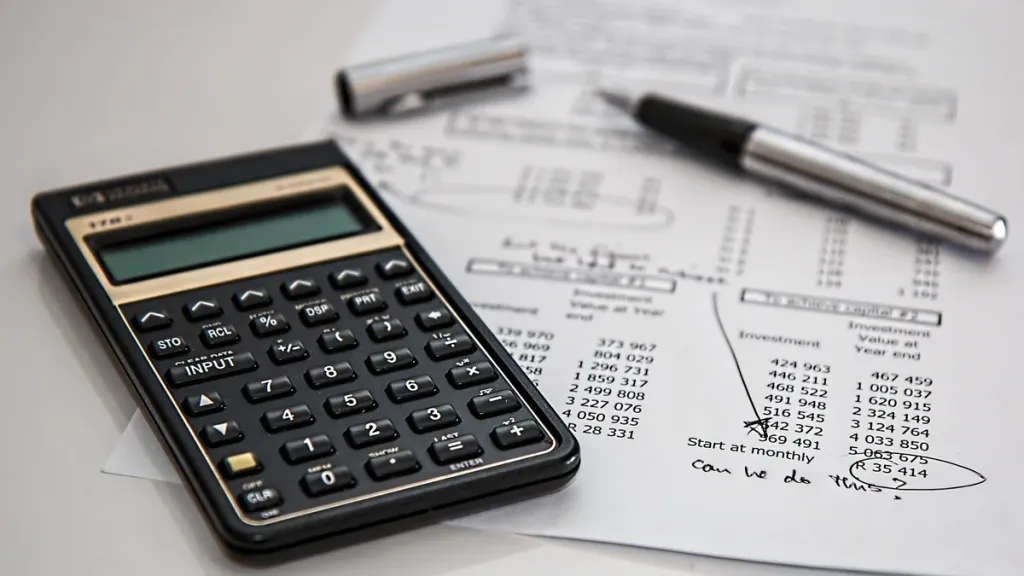What is Goods and Service Tax (GST)?

What is Goods and Service Tax (GST)?
The Goods and Service Tax (GST) is a value-added tax levied on most goods and services sold for domestic consumption. The GST is payable by the consumer at the point of sale. The GST is India’s version of a value-added tax, which is common in many countries.
In simple terms, GST is a tax on the supply of goods and services. It is a destination-based tax, meaning that it is levied on the final consumption of goods and services in the country. The GST is levied on the value added to goods and services at each stage of the supply chain, from production to final sale.
The GST was introduced in India on July 1, 2017, replacing several indirect taxes that were previously in place. Further, GST has subsumed many central and state taxes, including the value-added tax (VAT), excise duty, service tax, central sales tax (CST), entry tax, octroi, and luxury tax.
The GST is administered by the Central Board of Excise and Customs (CBEC). The CBEC is responsible for levy and collection of taxes, refunds, payment of subsidies, framing regulations, administering customs laws relating to imports and exports and also prevention of smuggling activities, etc.
Under the GST regime, there are three types of taxes:
- CGST (Central Goods & Services Tax)
- SGST (State Goods & Services Tax)
- UTGST (Union Territory Goods & Services Tax)
- IGST (Integrated Goods & Services Tax)
Following is the table of commodities and services and the GST rate applicable to them:
| Commodities / Services | GST Rate |
| Items that are not listed in any other category, such as electrical appliances, oil, soaps, etc. | 18% |
| All services like professional charges, fees, insurance, banking, restaurants, telecom, etc. | 18% |
| Essential farm produced mass consumption items such as wheat, rice, food grains, etc. | NIL |
| Mass consumption and common use food items like mustard oil, tea, spices, etc., but not including processed foods | 5% |
| Processed foods | 12% |
| Cars and white goods | 28% |
| De-merits and luxury goods and items that fall under the sin category, such as aerated drinks, tobacco, luxury cars, pan masala, etc. | 28% + CESS |
How does Goods and Service Tax (GST) work in India?
In India, the Goods and Service Tax (GST) is a consumption tax that is levied on the sale of goods and services. The GST is levied on the value of the good or service sold. Less any taxes paid on the input materials used to produce the good or service. Moreover, It is collected by the Central Government and distributed to the state governments.
The GST is paid by businesses to the government at each stage of production or sale of a good or service. Businesses can claim a credit for any GST paid on inputs, which reduces their tax liability. Additionally, The credit can be used to offset GST payable on future sales.

Goods and Service Tax Rates in India
The Goods and Service Tax (GST) is a value-added tax levied on most goods and services sold for domestic consumption in India. The GST is levied at different rates for different goods and services. Further, The GST rate for a good or service is typically set by the central government. However, the state governments have the authority to provide exemptions from the GST for certain items.
The standard GST rate in India is 18%, with some items such as essential food items and medicines being exempt from the tax. Some other items such as luxury goods are subject to an additional cess of up to 22%. Further, the total GST revenue collected by the Indian government was Rs 8.47 trillion (US$122 billion) in 2019–20.
How is GST different from VAT?
There are a few key ways in which GST is different from VAT.
- GST is levied on the supply of goods and services, while VAT is levied on the sale of goods and provision of services.
- GST is a destination-based tax, meaning that the tax is collected by the government of the state where the goods or services are consumed. However, VAT is an origin-based tax. Therefore, meaning that the tax is collected by the government of the state where the goods or services are produced.
- GST is a single tax, while VAT is multiple taxes.
Benefits of GST
The main benefits of the GST are:
- It will make India a single market by eliminating interstate barriers to trade.
- It will reduce the cost of doing business. Because, businesses will no longer have to comply with a range of different indirect taxes.
- Also, It will increase transparency as businesses will be able to claim input tax credits for taxes paid on inputs used in the production of goods or services sold.
- It will improve competitiveness as businesses will be able to pass on the benefit of input tax credits to customers through lower prices.
- It will increase revenue collection as it will broaden the base of taxpayers and reduce evasion.
Who has to pay GST?
In India, both Central and State taxes are levied on the sale of goods and services. However, GST is a single tax that is levied on the supply of goods and services. It is a comprehensive, destination-based tax. This means that GST is levied on all goods and services supplied in India, except those that are exempt.
GST is levied on the value of the goods or services at each stage of the supply chain, from manufacture to final sale. The tax is collected by the government at each stage. Further, the supplier can claim a credit for any GST paid on inputs (raw materials) used in the production of their goods or services. And also, This ensures that there is no double taxation.
GST is payable by anyone who supplies taxable goods or services in India. This includes businesses as well as individuals. Foreign suppliers may also have to pay GST if they make taxable supplies in India.
How is the GST Calculated?
In India, the GST is calculated by taking the total value of all taxable goods and services sold in a period and multiplying it by the GST rate. For example, if the total value of taxable goods and services sold in a month is Rs 1 lakh and the GST rate is 18%, then the GST to be paid would be Rs 18,000 (1 lakh x 18%). Which will be divided as 9% CGST and 9% SGST. (State and Central Tax)
GST is calculated on the basis of the value of taxable supplies of goods and services made in a period. Further, It is levied at a flat rate of 18% on most supplies, with some exceptions.









